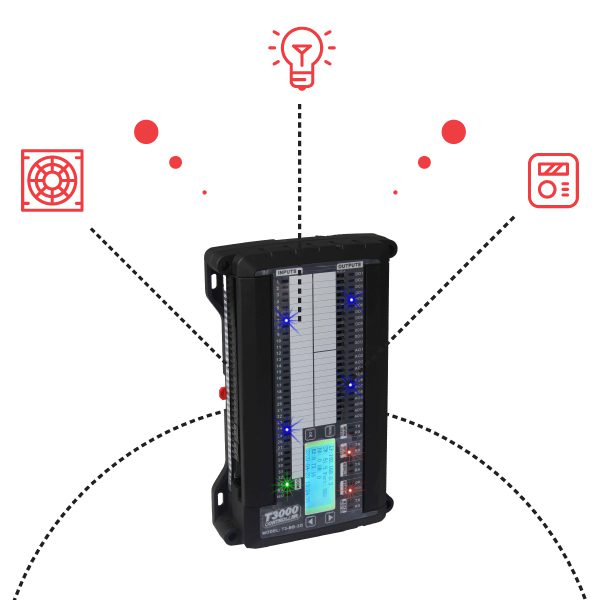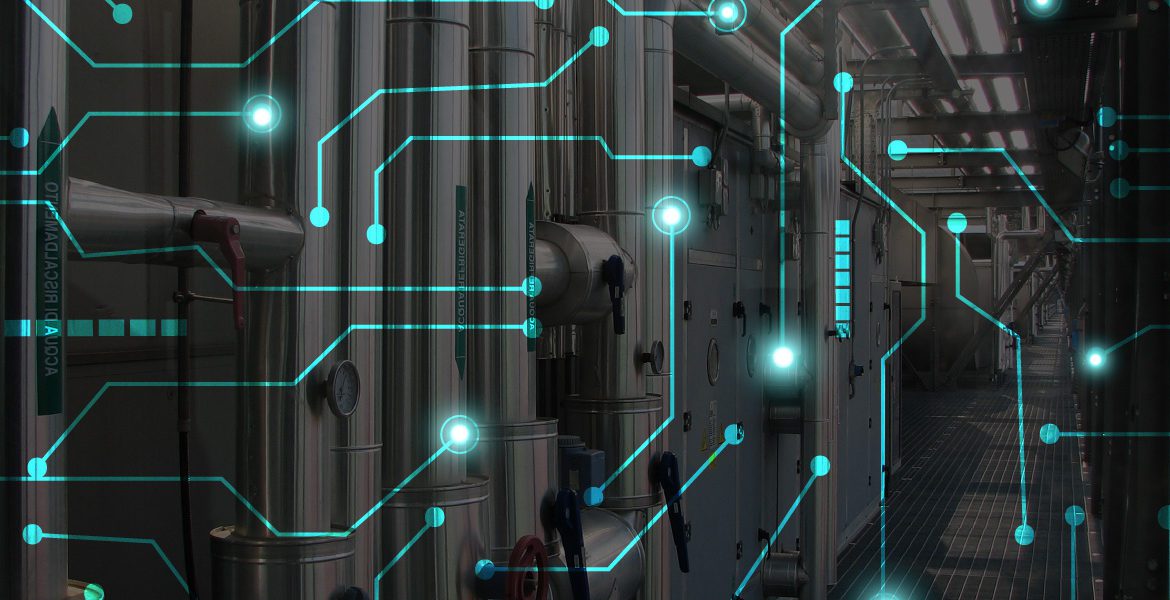Commercial buildings of every size and type are benefitting from the use of the Building Automation and Control Network, also known as BACnet. In today’s rapidly advancing technological world, it’s no surprise that even our building infrastructure systems are becoming automated.
Keep reading to learn what BACnet is and how it helps commercial HVAC systems run more efficiently.
What is BACnet?
BACnet is a networking protocol, or a means by which computers in a network communicate with one another. Rather than have multiple protocols for different building systems, the American Society of Heating, Refrigeration, and Air-Conditioning Engineers, or ASHRAE, developed BACnet to consolidate automation communication into a standardized set of rules.
How is BACnet used?
Most commonly, BACnet is used for HVAC systems. However, BACnet has been adapted to automate other systems as well, such as lighting, elevators, landscape sprinklers, access control, security alarms, and fire alarms. These can all be monitored and controlled through a centralized nerve center using the BACnet protocol. BACnet sends encoded automation data between the various devices that control building systems. While the day-to-day functions are programmed, override functions may be permitted.
Integrating the automation for this vast amount of infrastructure is possible because BACnet hardware and software vendors have made their products compatible with one another for ease of operation. With this cross-compatibility, a BACnet-specific router can transmit service requests from one device to another. For example, a thermostat can send a message to a boiler to set the temperature, based on the season or how many occupants are in the building at a given time of day.

Benefits of BACnet
BACnet has become common throughout the world for several reasons.
Recruiting and Training
Due to its standardization and compatibility, BACnet systems are much easier to train on. Rather than a separate automation control center for each building system, all systems can function through BACnet. This eliminates the need for hiring and training separate teams for individual control centers, and makes recruiting efforts more successful.
Expansion and Remote Management
BACnet is a practical solution for multi-building campuses and businesses. LAN systems and network routers allow buildings to be monitored and controlled remotely. As an open-ended system it also permits expansion, so as a business grows and adds multiple locations, the same BACnet control center in place at the initial location can take on automation at these additional buildings.
Energy Efficiency and Cost Effectiveness
Another appealing aspect of BACnet is that it is energy-efficient and cost-effective. Programming BACnet to control your HVAC system to run at given temperatures during specified hours reduces energy consumption and extends the life of HVAC equipment, leading to long-term savings. Existing HVAC systems can be retrofitted to accommodate BACnet.
Ease of Use
In much the same way that the internet is simple and straightforward to use, BACnet is also user-friendly. Setting up a network on the BACnet protocol is easy and intuitive, and because of the popularity of the protocol, control operators are relatively plentiful and comfortable working with it.

Hire the Experts
At Custom Aire, we offer commercial HVAC systems and retrofitting with BACnet integration to help provide our customers with programmable automation and control. To learn more and find out if this is the right fit for your business, contact us today.





